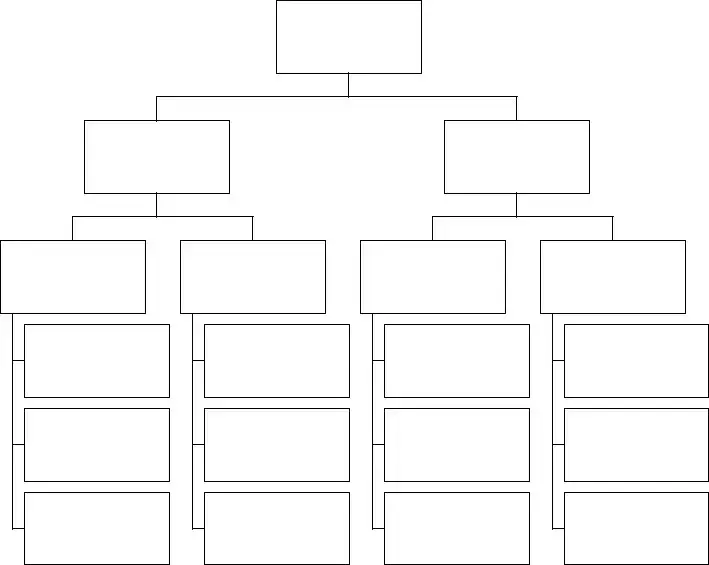The Neighborhood Phone Tree is an essential tool for fostering communication and safety within your community. This list proves invaluable during emergencies, as it allows residents to quickly notify one another about important issues while ensuring that everyone stays informed. In addition to emergencies, the Phone Tree can also be utilized for social gatherings, such as a potluck dinner, encouraging neighbors to come together and share their culinary delights. Each household is invited to contribute their contact information, ensuring that the list remains up to date, especially as new neighbors move in. When a resident has information to share, they initiate the call to the first name on the list, gently passing along the message down the line. In cases where accuracy is critical, it's advisable to take notes to maintain clarity. It's important to remember that if someone does not answer, alternative calling strategies should be employed, such as reaching a neighbor at work or contacting the next household on the list. At the end of the communication chain, those at the bottom should reach back to the top to confirm that the message was successfully relayed. Each communication should focus on factual details: who is safe, who might be hurt, actions taken in response, and how to assist or seek help. The Phone Tree is not just a list; it is a lifeline that fortifies the bonds of community, promoting a proactive approach to communication and mutual support.

